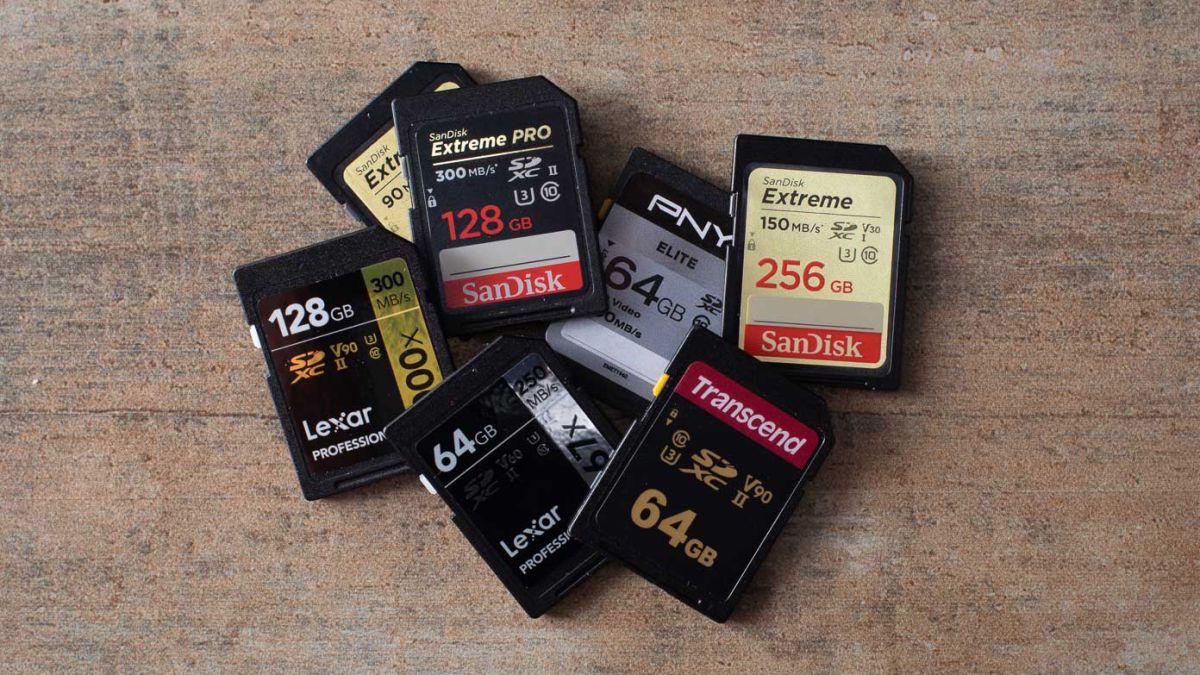How to choose SD card correctly?

Let`s talk about SD flash cards. With an inconspicuous size, they can store a large amount of information, comparable to a computer hard drive. Let's figure out how to choose the right memory card for your device: smartphone, camera, DVR or camera. We will look at all the markings of sd cards and how to match them to your gadget.
SD (Secure Digital - the name of the card format) memory cards and their smaller versions micro SD differ in memory capacity and speed class. In addition, there are various markings that add information about the cards. The main thing before choosing a memory card is to understand what are the requirements for it. We need to decide how much volume we need and what speed of writing to the card.
Which memory card to choose: SD, SDHC or SDXC?
As for the amount of memory, then everyone has their own needs and capabilities. By the way, marking SD, SDHC, SDXC indicates only the generation of the card and its volume.
- SD - from 128 MB to 2 GB;
- SDHC - 4 GB to 32 GB;
- SDXC - from 64 GB to 2 TB.
And it is worth remembering that many gadgets have a limit on the maximum amount of a memory card. It cannot be exceeded.
How to choose SD card speed?
With speed things are a little more complicated. The reading speed is often listed on the card itself, showing that it is very fast, but this is not a very important indicator. You should take a closer look at the write speed. Pay special attention to it if, for example, you are going to shoot video on a camera or DVR with this card. If you need a card for a smartphone and only for watching videos and listening to music, any modern sd card can handle it, because the read speed is much higher than the write speed. The question remains only in the amount of memory. Write in the comments, what is the size of the memory card in your gadget?
But if you choose a card for an action camera or DVR, then you should pay attention to speed. For example, my DVR records video in Ultra FULLHD(2160*1440) resolution 60 frames per second. It may need a write speed of more than 10 MB / s. If the resolution is 4k (3840×2160) then the write speed can be around 30 Mbps, depending on how the camera compresses the video before recording. In comparison, a smartphone with a good camera can shoot FullHD 1920 x 1080 video at a write speed of 4 Mb / s to the card. Now, understanding what speeds can be, let's consider the classes of memory cards.
The main designation is the class itself - the letter C and a number that indicates the minimum write speed in MB / s
- Class 2 - 2 MB / s;
- Class 4 - 4 MB / s;
- Class 6 - 6 MB / s;
- Class 10 - 10 MB/s.
After the appearance of class 10, progress went further and the minimum write speed became even higher. There is an additional label. U1 and U3. U1 - 10 MB / s; U3 - 30 MB/s minimum guaranteed write speed.

The V mark indicates which video can be recorded:
- V6 - 6 MB / s (HD video recording);
- V10 - 10 MB / s (FullHD video recording);
- V30 - 30 MB/s (4K video recording at 60/120 fps);
- V60 - 60 MB/s (8K video recording at 60/120 fps);
- V90 - 90 MB/s (records 8K video at 60/120 fps).
Of course, these are approximate figures, different devices can record the same video format at different speeds.
Marking A1 and A2 means that the card is compatible with smartphones and applications can be transferred to it, there will be no brakes from reading data in small fragments from different parts of the memory.
What is UHS?
And the last difference between sd cards is the UHS bus interface. There are currently three UHS I, UHS II and UHS III. These are different data exchange rates due to the physical difference between the cards themselves. UHS II, for example, has more pins than the first, and very few devices support it.
- UHS-I - up to 104 MB / s;
- UHS-II - up to 312 MB / s;
- UHS-III - up to 624 MB / s.
Basically, only the first is used, the second is used in high-end photo and video equipment, and the third is a novelty that has not yet gained distribution.
Now, having considered the differences and markings of memory cards, let's practice and try to decipher one.

Here is the first sd card from SanDisk (a very popular card now). Volume 64 GB. What does 150 MB/s mean? It's reading speed. What does SDXC stand for? Just a generation of 64 GB cards and above. What is V30? We can write video at a speed of 30 MB / s! Not bad. For 4K it is good! UHS-I bus interface. Next U3 - what is it? The minimum write speed is 30 MB/s. And C10 is 10th grade. This card is suitable for many purposes.
Comments